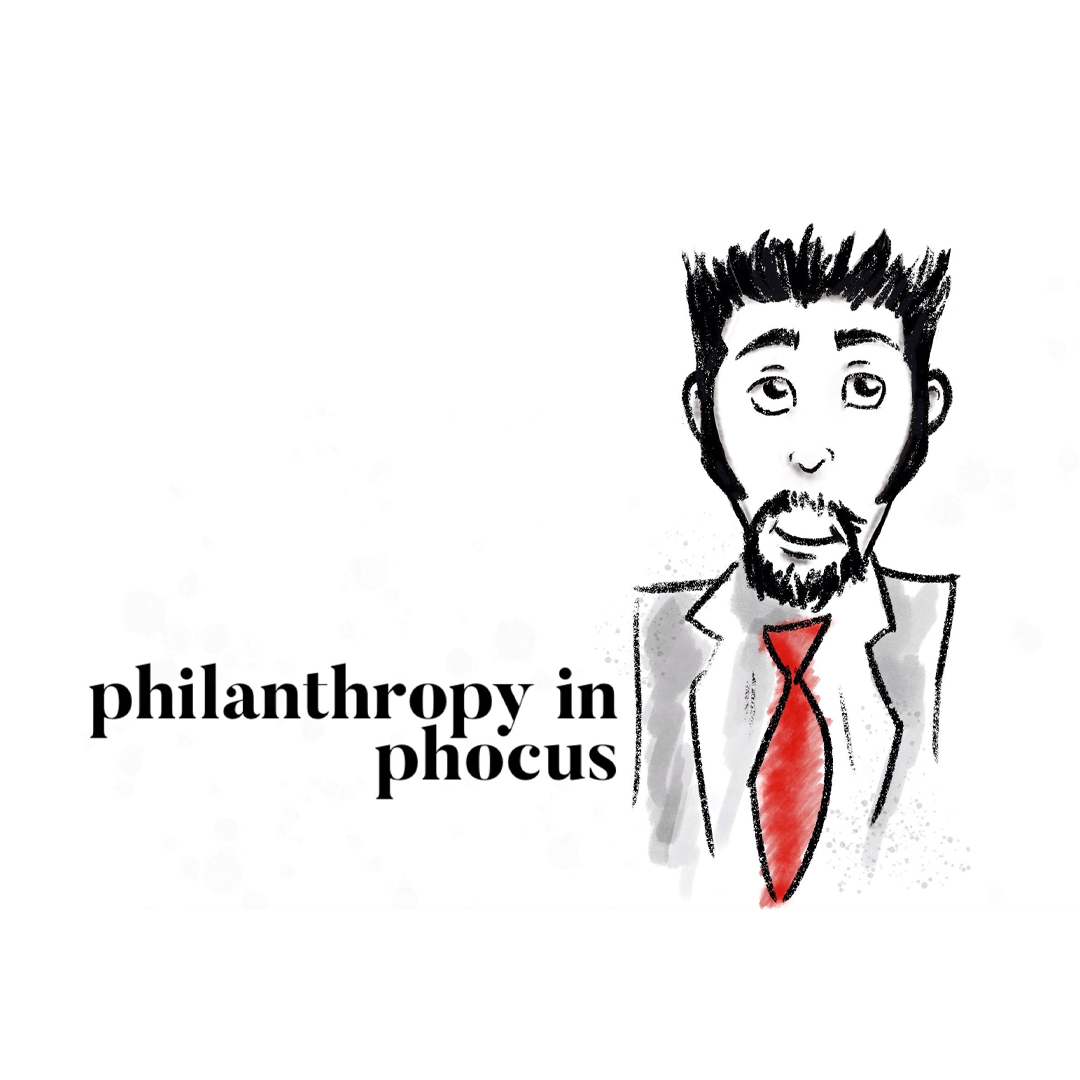
June 2020
5 Min Read
Mosquito Control: Learning from Disney
Have you ever noticed the lack of mosquito bites you might have after a visit to Disney World in Orlando ?
If you live on Long Island, which typically suffers terribly from mosquito infestation in the warmer months, particularly near the shores, you might have wondered why this is not a problem in a region that, at least in theory, should have it worse than us, and for longer periods of time than just the summer. DW, Florida is swamp territory, where insects are more abundant than in most areas, including Long Island. These insects can be as dangerous as they are irritating if they’re carrying diseases. So, besides comfort, Disney has a responsibility to protect its guests from mere annoyance. Well, have you ever wondered how exactly Disney works that particular kind of magic in a kingdom named for it ? In reality, it’s an amazing achievement of imagination and engineering, ok, yes Imagineering, which utilizes a comprehensive multi point plan called the Mosquito Surveillance Program” that is quite impressive for those who care to learn about it. If the name Mosquito Surveillance Program has an intense-sounding, almost military connotation to it, there is good reason for that.
Disney’s mosquito control tactics actually had their origin thanks to a chance encounter between Mr. Disney and a retired army General named Joe Potter at the 1964 World’s Fair in New York. General Potter was a graduate of MIT and, decades previous, he was the governor of the Panama Canal Zone, an area infamous for its malaria-containing mosquitoes. In the canal zone, Potter learned the necessities of insect control. Mr. Disney hired General Potter immediately and charged him with the responsibilities of mosquito control for his new “Florida Project.” Mr. Disney had bought up thousands of acres of land in the central Florida, all of it hot, humid swampland, full of insects.
Joe Potter would make the idea of controlling insects in a swamp a reality. The eventual program necessitated a combination of techniques focused, not on extermination, but prevention, not on offence, but defense, so to speak. In other words, their method was to prevent the bugs from getting into the parks, instead of exterminating them after they gained entry. Instead of finding ways to kill adult mosquitos, General Potter knew the better idea was targeting the larvae. If he could create an inhospitable area for mosquitos to lay their eggs, he knew they could win the pest battle.
Swampland is the perfect breeding ground for mosquitos because they lay their eggs in standing, stagnant water. General Potter knew that eliminating any standing water was the first step. While Potter became an integral figure in the construction of Walt Disney World, he was mostly responsible for areas and systems not readily visible to or noticeable by the public. For example – the construction of drainage ditches throughout the park grounds that would remove any water before it could pool into areas and become stagnant – would be nicknamed “Joes’ Ditches”; these are still in use all over WDW. Disney certainly has plenty of water features, but water inside the parks is always on the move, either in the form of waterfalls or fountains, each of which keep water churning and kinetic. As a result, there are no areas of standing water in the parks, which make it nearly impossible for mosquitos to lay their eggs.
Another surreptitious indicator of pest control involves the details of how the structures inside the parks are built. Each building is formed and massed in such a way as to prevent water from collecting anywhere. Buildings have curves or other architectural features that allow the development of pools of standing water … a critical component given that central Florida sees over fifty inches of annual rain fall. Also, plant selection for DW is based on the possibility of water being able to collect and stagnate on them. Only plants that have leaves that will allow water to roll off of them – keeping the water in motion until it reaches a drainage ditch or a moving body of water – are used. For example, there will not be any water lilies around the Lagoon or any other Disney water; water lilies are the ideal plant for larvae to hide underneath them. Joe Potter also stocked the bodies of water around the property with types of fish that eat mosquito larvae on a regular basis.
If you’re thinking about pesticides, for Mr. Disney, they were a nonstarter. As a prerequisite, Mr. Disney made it clear to General Potter that he did not wish to use any pesticides. So, the General used only natural insect repellants. An example of this is liquid garlic. Mosquitoes are repelled by the smell of garlic and they used garlic extract in the form of a spray to keep mosquitos from coming into areas of the parks, a technique which is still used today. But it’s used in such small amounts that humans don’t notice it.
To make sure Disney is using the right insect repellants, they also use carbon dioxide traps everywhere, which catch the bugs so the Disney team can freeze and analyze them and figure out the where and the how of eradicating them. In addition to that, they utilize so-called sentinel chickens, which live in coops all over Disney World. Their blood is regularly monitored for mosquito-borne diseases like West Nile virus and Zika (No, I have no idea about Corona virus yet). While chickens aren’t prone to West Nile or Zika, if the diseases show up in their blood, based on where the chicken coop was located, park employees know exactly which part of the park they need to focus their mosquito destroying powers on.
Summing it up, Disney throws everything but the kitchen sink at this problem to keep the pests at bay and does it naturally and without pollutants by employing a comprehensive program that includes engineering and design, vigilant spraying, the maintaining of natural predators, and they do all of this with a level of consistency and excellence that’s very impressive. Next time we visit Disney World, we should take a few moments to appreciate the relatively insect-free oasis.



















































